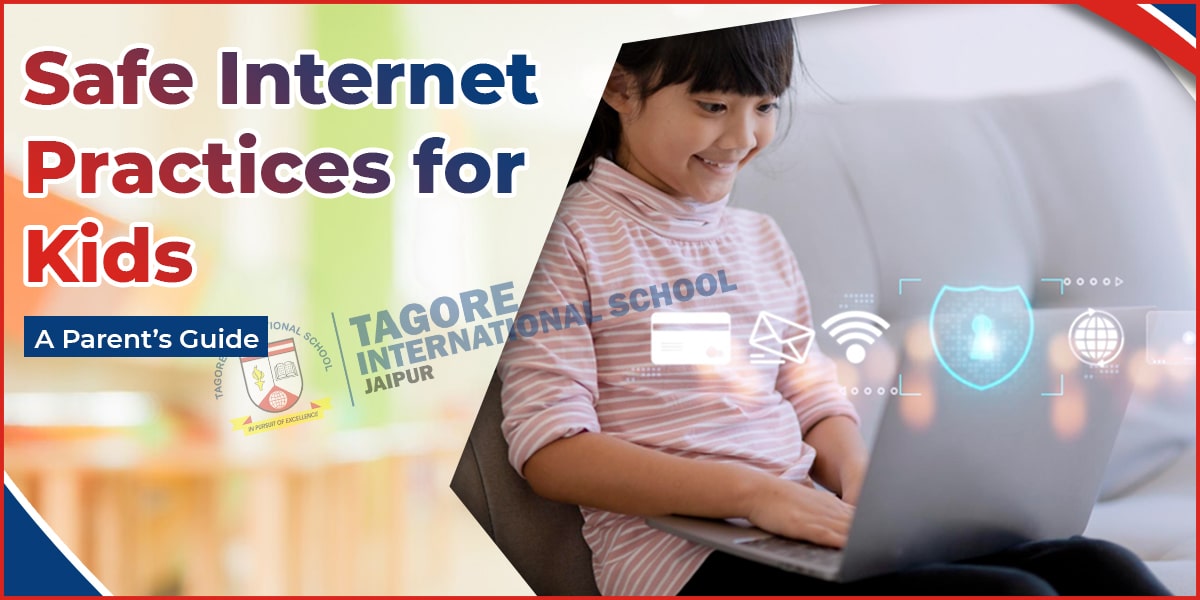In the current scenario, digital literacy has become the keystone of modern education. With further evolution in technology at a continuous pace, schools are increasingly acknowledging the value of integrating digital tools in the learning sessions. Digital literacy is not confined to learning computer but also to understand and have the ability to access, analyse, evaluate, create, and communicate information digitally.
What Is the Need of Digital Literacy?
In today’s interconnected world, it is essential that students are digitally literate. The reason is as the students progress with their education, they will come across various digital platforms and tools that take an important place in both professional and personal lives. The ability to navigate the digital platforms is crucial for conduction online researches or collaborating on digital projects.
It helps students in grooming their critical thinking skills, enabling them to identify the credible information and make well-informed decisions in the era where information is in excess but not always reliable. Digital literacy is important for students to get employment. Today, many career options need strong foundation of digital skills. By integrating digital literacy in schools, students become ready for future employment.
Why Technology Is Integrated in Classroom Learning Sessions?
The technology integration in the classroom by schools helps in transforming traditional educational practices. Earlier, the teaching methods were confined to books and lectures but with digital tools such as online learning platforms, and interactive whiteboards, learning ways have revolutionized. One of the important benefits of technology integration in the education system is that it helps in creating personalized learning experience.
The lessons can be tailored to the individual needs and learning capability of the students. The personalization not only makes it easy for the student but also fosters deeper understanding of the subject. Technology enables access to numerous online resources that can be used for further enhancing the traditional learning material. There are numerous educational websites, videos and interactive sessions which help students in getting diverse perspective on a topic.
How Digital Literacy Helps in Collaboration & Communication?
Digital tools have led to redefining the collaboration and communication process in education system. Traditionally, classroom and group discussions were confined to limited space and time. With digital platforms, collaborations have simplified as now students can collaborate on projects and exchange ideas in real-time. Virtual classrooms, online forums, and collaborative documents helps in seamless communication.
The digital shift for collaboration and communication prepared students in creating a modern workplace where the remote and virtual team can come together. The digital communication helps students in learning skills required to thrive globally. Digital literacy is important for teaching ethical and responsible use of technology. As students increasing engage in technological use, it is essential that they learn online etiquette and importance of privacy protection.
Does Digital Literacy Makes the Students Future Ready?
With continuous changes in the digital landscape, it is essential that students are well trained to adapt the digital skills. Digital literacy is not static, it requires updating and therefore adaptation is necessary as new tools keep emerging. Integrating technology in the classroom helps in teaching students and developing a growing mindset.
The students are taught to be ready for changes and challenges which will help them grow. Currently, digital literacy is linked to 21st-century skills such as innovation, creativity, and problem-solving. This is because digital tool engagement requires students to analyze, think critically, and find creative solution for complex issues. All these skills are necessary for surpassing the complexities of the modern era.
You can read also:- Boarding Schools in Jaipur: Exploring the Comprehensive Facilities at TIS
Are There Any Challenges in Technology Integration?
The benefits of technology integration in the education system are clear but there are challenges in the way. One of the major concerns is ensuring that all the students receive equal technology access. The digital divide can create gap among those with digital tools with ones who don’t have the access.
Schools must work in this area to provide digital resources to all the students regardless of the socioeconomic background. Yet another challenge is providing appropriate training and support to the teaching staff. The educators must be proficient in digital tools so that they can teach the students well.
Schools must address the issues about screen time and the negative effect of technology in form of reduced face to face interactions. Digital tools have wide range of benefits but at the same time it is essential to strike proper balance between online and offline activities. This will ensure the holistic development of students including social and interpersonal skills.
Digital literacy has become a fundamental component of modern education in schools. The integration of technology is vital for enhancing the learning process and preparing students for future. By providing equal digital access to students, schools can make them ready for employment and challenges that come in the form of technological innovations.




